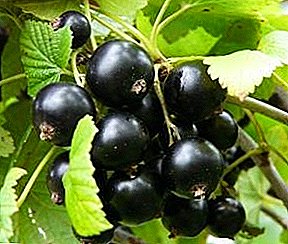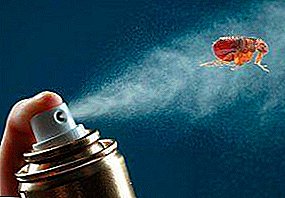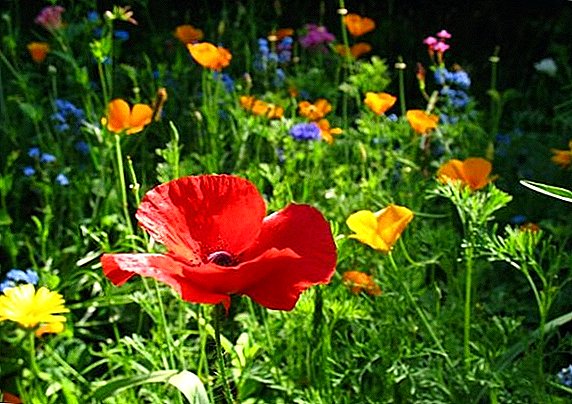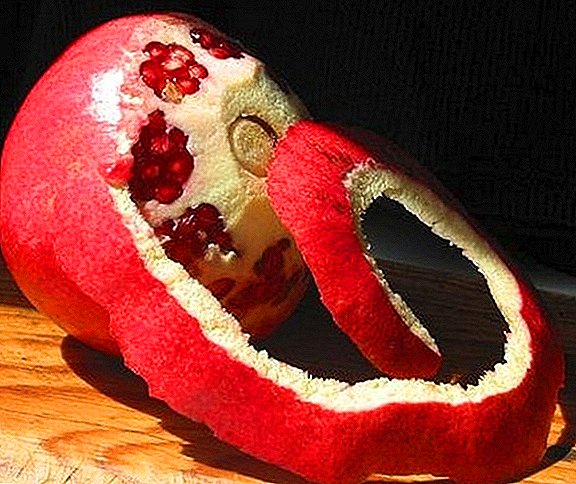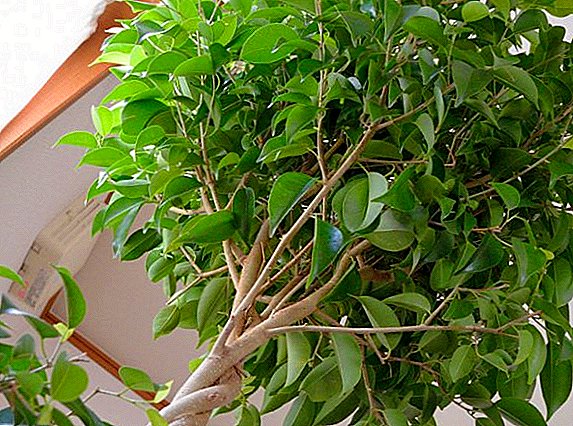
The flowering period is a wonderful moment in the life of phalaenopsis. At this time, he becomes like a haven of fabulous butterflies, ready to fling his wings and fly away at the first touch. Flower growers appreciate phalaenopsis for long flowering and a variety of colors. However, the tropical beauty is not always in a hurry to please the rapid flowering. What are the causes of this phenomenon and what to do about it?
Flowering features
In suitable conditions, this type of orchid blooms twice a year. On the flower can form from two to forty inflorescences. Phalaenopsis color is the most diverse: from white to maroon. Now on sale are flowers of blue and blue flowers.
Important. Blue flowering is achieved by artificial means, which can harm the plant.
The beginning of flowering is usually calculated from the moment of bud opening.
How many times a year does it usually happen?
How often the Phalaenopsis arrow releases is closely related to the conditions of its maintenance. If the medium is suitable for phalaenopsis and the plant is healthy, then it will bloom two or even three times within a year.
When to wait for the buds?
Of course, a flower that has been growing in one place for a long time has its established flowering schedule. But the plant, acquired recently, can present an unpleasant surprise by the lack of flowers.
After the store
 If the purchase of phalaenopsis did not have flowers, then it’s not worth hoping for the soon emergence of the peduncle.
If the purchase of phalaenopsis did not have flowers, then it’s not worth hoping for the soon emergence of the peduncle.
The plant needs to adapt to the new habitat, as the conditions in the store and in the home vary significantly. The adaptation period lasts from two weeks to a month.
If the flowers did appear, this is a signal that the plant is under very strong stress, which can lead to death.
After adaptation
After the adaptation period is over, you should not count on a quick appearance of the buds either. The fact is that flowering is a process that takes a lot of energy from a plant. Therefore, phalaenopsis will get used to the new conditions for quite a long time. In winter, the period of infertility will be about six months. In the summer it will take several months.
For a long-growing home
The plant, which has long been at home, blooms on average twice a year. New flower stalks appear in the beginning or in the middle of autumn. Phalaenopsis will start blooming in winter and continue until early summer.
How long is this time?
On average, phalaenopsis bloom lasts two to three months. Some specimens bloom longer: six to eight months. It all depends on the age of the plant and the conditions of its content. A long flowering period can adversely affect the plant. It takes a lot of power and extremely depletes the orchid.
When should you worry about the absence of buds?
If the plant is acquired recently, then you must first determine its age. Approximately this can be done by counting the number of shoots. If there are five or more, then the orchid is about two years old and it is ready for the appearance of flowers. In the case when the plant is already quite adult, but still not preparing for flowering, there is cause for concern. Most likely the orchid lacks light.
For normal development, the plant must receive light for ten to twelve hours a day. If such conditions cannot be met naturally, then artificial illumination should be carried out. Also, the reason for the lack of flowering may be in insufficient or excessive watering.
Important. You can not constantly move the orchid from place to place. If the plant often changes its location, the flowering will keep you waiting long.
What if the period of rest is not long?
It is worth remembering that a healthy plant should bloom two to three months. Allowable flowering period - up to six months. If phalaenopsis continues to bloom longer than the specified time - this is a cause for concern. Long flowering will exhaust the plant and it may die.
In order not to lose the orchid, it is necessary to perform the following manipulations:
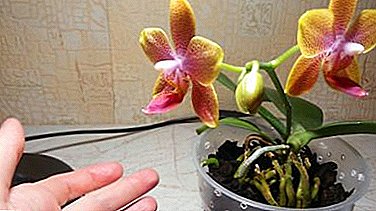 Carefully cut the peduncle with a sterile knife or scalpel.
Carefully cut the peduncle with a sterile knife or scalpel.- The cut must be treated with crushed coal.
- Phalaenopsis should not be watered for two to three days.
- You need to make fertilizer to restore the power of the plant.
After the cut is dry, it is necessary to seal it with wax to prevent moisture from entering and prevent rotting.
What if the plant does not release the arrow for a very long time?
Every gardener dreams of his plant blooming. In order to help the orchid to release the long-awaited flower spike, you can try the following:
- Add plant light. This can be done by changing the place of growth or by using a lamp.
- Provide a suitable temperature. The orchid is very sensitive to sudden changes in temperature.
- Provide suitable environmental humidity. It should be 40 - 45 percent.
- Arrange for proper watering - as the substrate dries.
- Use fertilizers based on potassium and phosphorus, as nitrogen-containing feedings will delay the flowering process.
Video about why the orchid does not throw out a flower spike and what to do in this case:
If none of the above helps, then stressful conditions should be created for phalaenopsis: temporarily stop watering or put in a dark, cool place for a few days. Phalaenopsis - a beautiful plant that is very popular among gardeners. For the time that will be spent on caring for it, the orchid will thank for its lush and long flowering.


 Carefully cut the peduncle with a sterile knife or scalpel.
Carefully cut the peduncle with a sterile knife or scalpel.